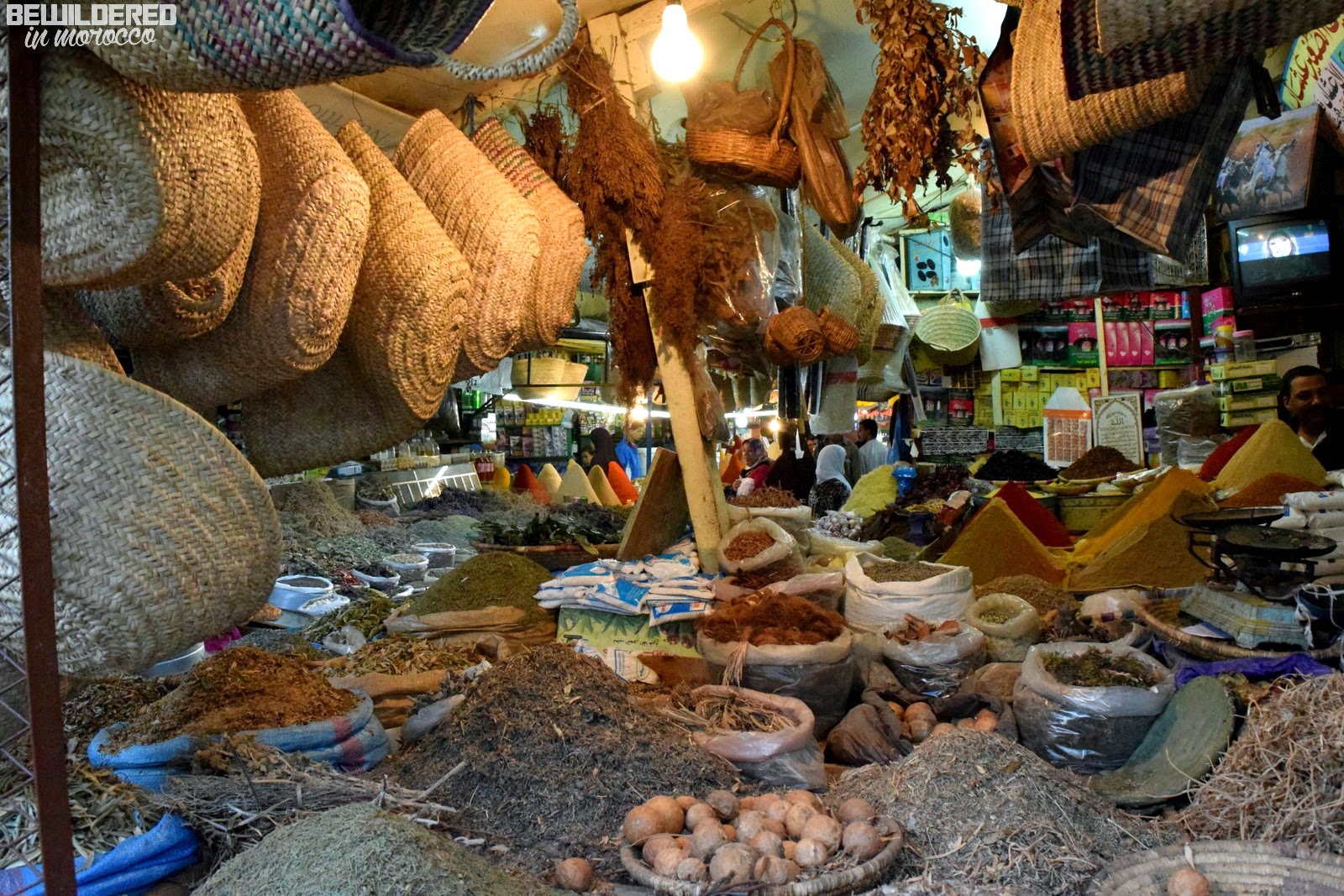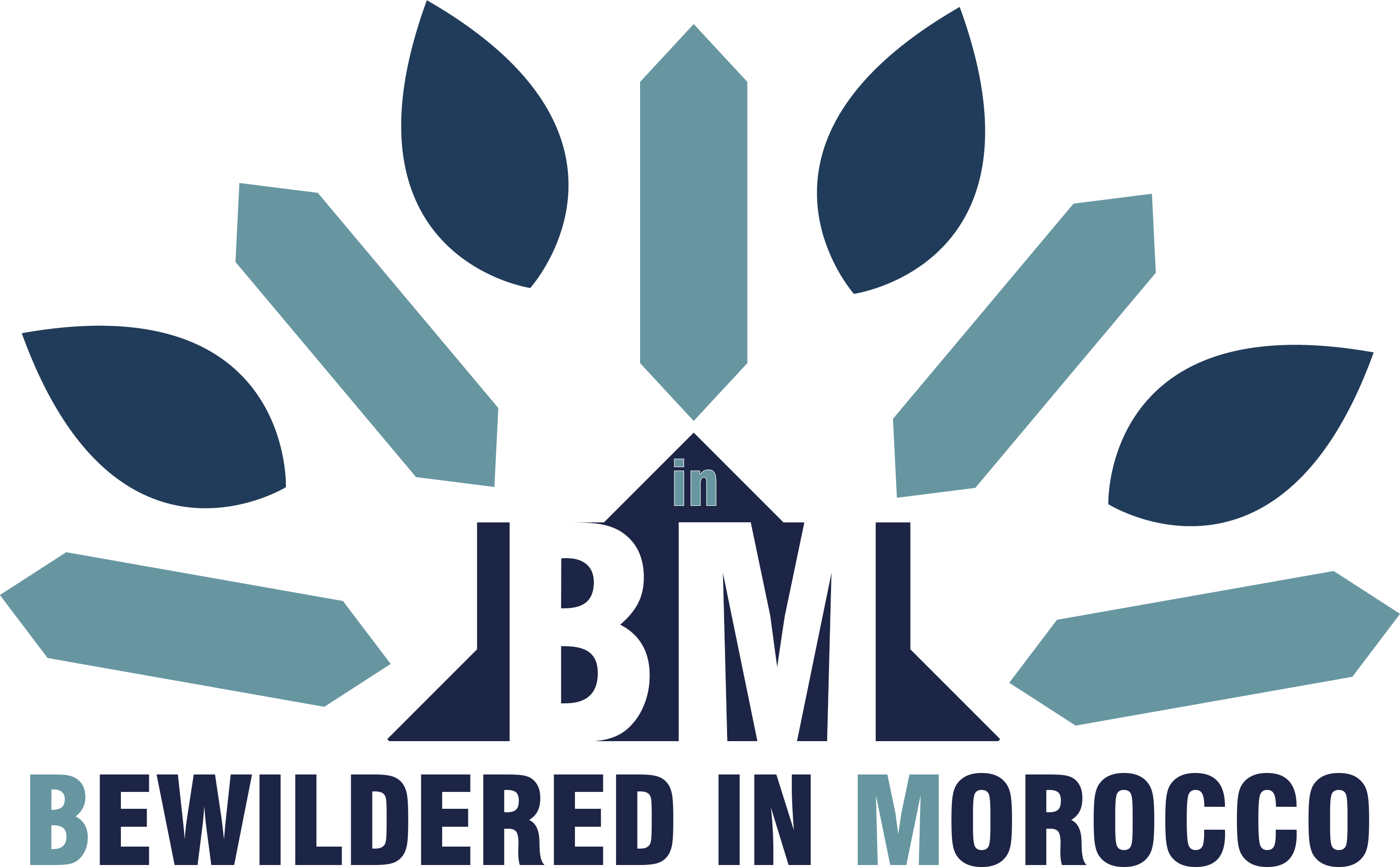Walking through the narrow streets of Habous Quarter Casablanca, I felt like I had stepped back in time. The scent of fresh mint tea mixed with the sound of craftsmen hammering copper, while vendors called out their daily specials in melodic Arabic. This isn't just another tourist destination – it's a living, breathing piece of Moroccan history right in the heart of Casablanca.
Also known as the New Medina, Habous Quarter represents something truly special in Morocco's architectural landscape. Unlike the ancient medinas of Fez or Marrakech, this neighborhood was carefully planned to preserve traditional Moroccan design while incorporating modern urban planning principles. The result? A perfectly harmonious blend that captures the soul of Morocco in every archway and courtyard.
The Fascinating History Behind Habous Quarter

Birth of a Vision (1917-1930s)
The story of Habous Quarter Casablanca begins in 1917, during the French Protectorate period. French architects, working alongside Moroccan craftsmen, embarked on an ambitious project that would take over a decade to complete. What makes this neighborhood unique is that it was built by the Habous Foundation, which operated under the Ministry of Islamic Affairs and Religious Endowments.
The construction spanned ten years, carefully planned across a four-hectare area directly behind the Royal Palace. This wasn't just urban development – it was cultural preservation in action. The French architects understood something crucial: to create a sustainable neighborhood in Morocco, they needed to respect and incorporate traditional Moroccan architectural elements.
A New Approach to Urban Planning
Unlike other colonial projects that imposed foreign architectural styles, Habous Quarter was different. The planners studied traditional Moroccan medinas, understanding how narrow streets provided natural cooling, how courtyards created private family spaces, and how the layout facilitated community interaction. They then applied these principles with modern infrastructure, creating what many consider a perfect example of respectful urban development.
Architectural Marvels: Where Moroccan Tradition Meets European Influence

The Unique Design Philosophy
The architecture of Habous Quarter Casablanca tells a story of cultural dialogue rather than domination. Walking through the streets, you'll notice the distinctive blend of authentic Moroccan design elements with subtle European influences. The buildings feature traditional Moroccan elements like intricate tilework (zellige), carved plaster, and wooden screens, while incorporating European concepts of urban planning and infrastructure.
The quarter showcases thick walls and small windows – a traditional Moroccan design that keeps interiors cool during Casablanca's hot summers. The use of local materials and traditional building techniques means these structures have aged gracefully, maintaining their charm and functionality nearly a century later.
Pasha's Court: A Masterpiece of Design
One of the most impressive structures in the quarter is the Pasha's Court (Mahkama du Pacha), constructed in 1930. Designed by French architect Auguste Cadet, this remarkable building covers 6,000 square meters and serves as a perfect example of the quarter's architectural philosophy.
The Pasha's Court isn't just administratively important – it's an architectural masterpiece. The building demonstrates how European architects could work with Moroccan artisans to create something that honored local traditions while meeting modern administrative needs. The intricate decorative work, spacious courtyards, and traditional materials make it a must-see landmark for anyone interested in Moroccan architecture.
Religious and Cultural Landmarks

Mohammed V Mosque: A Royal Legacy
At the heart of Habous Quarter stands the Mohammed V Mosque, built in 1936 by Sultan Mohammed V. This mosque overlooks the central Habous Square and serves as both a spiritual center and architectural focal point for the neighborhood. The mosque's design incorporates traditional Moroccan Islamic architecture while fitting seamlessly into the quarter's overall aesthetic.
The mosque isn't just a place of worship – it's a community gathering point where locals come for daily prayers, religious celebrations, and community events. The call to prayer echoing from its minaret five times a day provides a spiritual soundtrack to daily life in the quarter.
Habous Square: The Community Heart
The central square of Habous Quarter Casablanca serves as the neighborhood's beating heart. This open space, overlooked by the Mohammed V Mosque, is where community life unfolds daily. Early mornings bring vendors setting up their stalls, while evenings see families gathering to socialize and children playing traditional games.
The square's design reflects traditional Moroccan urban planning, where public spaces serve multiple functions – marketplace, community center, and social hub all in one. It's the perfect place to sit with a glass of mint tea and watch daily life unfold in this remarkable neighborhood.
A Shopper's Paradise: Traditional Crafts and Local Markets

Exploring the Vibrant Souks
Shopping in Habous Quarter Casablanca offers an authentic Moroccan market experience without the overwhelming crowds of larger medinas. The quarter's souks are perfectly integrated into the residential fabric, meaning you're shopping alongside locals rather than in tourist-focused areas.
The variety of traditional crafts available here is impressive. Local artisans continue centuries-old traditions, creating beautiful handcrafted items using techniques passed down through generations. The quality is exceptional, and prices are generally more reasonable than in heavily touristed areas.
Traditional Moroccan Crafts
Copper and Brass Work: Local craftsmen create stunning copper and brass items, from decorative trays to functional kitchen items. You can often watch artisans at work, hammering intricate patterns into metal sheets – a mesmerizing process that requires incredible skill and patience.
Pottery and Ceramics: The quarter features several pottery workshops where skilled artisans create both functional and decorative ceramics. The traditional techniques used here produce pieces with distinctive Moroccan character, from tagines to decorative tiles.
Carpets and Textiles: Traditional Moroccan rugs and textiles are abundant in the quarter's shops. These aren't mass-produced items – many are handwoven using traditional techniques and patterns that tell stories of Moroccan culture and history.
Leather Goods: Moroccan leather craftsmanship is world-renowned, and Habous Quarter offers excellent examples. From traditional babouches (slippers) to modern handbags, the leather goods here combine traditional techniques with contemporary design.
The Famous Olive Market
One of the quarter's unique attractions is its olive market, where vendors offer an incredible variety of olives prepared in dozens of different ways. This isn't just a place to buy olives – it's a cultural experience where you can taste different preparations and learn about the role of olives in Moroccan cuisine.
The olive sellers are passionate about their products, often offering samples and explaining the different preparation methods. From simple salt-cured olives to complex preparations with herbs and spices, the variety available here showcases the sophistication of Moroccan food culture.
Culinary Delights: Traditional Moroccan Flavors

Authentic Mint Tea Experience
No visit to Habous Quarter Casablanca is complete without experiencing traditional Moroccan mint tea. The quarter's tea houses and cafes serve this national beverage in the traditional way – sweet, strong, and poured from a height to create the characteristic foam.
Enjoying mint tea in the quarter isn't just about the drink – it's about participating in a fundamental Moroccan social ritual. The tea is often accompanied by traditional Moroccan sweets, creating a perfect afternoon break while exploring the neighborhood.
Traditional Moroccan Sweets
The quarter's pastry shops offer an incredible array of traditional Moroccan sweets. These aren't just desserts – they're works of art that reflect centuries of culinary tradition. From honey-soaked pastries to almond-based confections, each sweet tells a story of Moroccan culinary heritage.
Local bakers use traditional recipes and techniques, often passed down through families for generations. The result is authentic flavors that perfectly complement the traditional atmosphere of the quarter.
Practical Visitor Information
Getting to Habous Quarter
Habous Quarter Casablanca is easily accessible from anywhere in Casablanca. Located directly behind the Royal Palace, it's well-connected by public transportation. Shared taxis (grand taxis) are an affordable option that also provides a chance to interact with locals during your journey.
For those staying in central Casablanca, the quarter is within walking distance of many hotels and major landmarks. The neighborhood's central location makes it an ideal starting point for exploring other parts of the city.
Best Times to Visit
The quarter comes alive at different times of day, each offering unique experiences. Morning visits (9-11 AM) are perfect for experiencing the neighborhood as it wakes up – vendors setting up stalls, locals heading to work, and craftsmen beginning their daily routines.
Afternoon visits (2-5 PM) offer the best shopping opportunities, with all shops open and artisans actively working. Evening visits (5-7 PM) provide a more relaxed atmosphere, perfect for enjoying mint tea and watching daily life unfold in the central square.
What to Expect
Unlike tourist-heavy areas, Habous Quarter Casablanca maintains its authentic character as a living neighborhood. This means you'll experience genuine Moroccan culture rather than a tourist-focused version. Locals are generally welcoming and friendly, though it's always respectful to ask permission before photographing people or their shops.
The quarter is pedestrian-friendly, with narrow streets that encourage walking and exploration. Comfortable walking shoes are recommended, as traditional Moroccan street surfaces can be uneven.
Cultural Sensitivity and Respect
Understanding Local Customs
Visiting Habous Quarter Casablanca provides an opportunity to experience authentic Moroccan culture, which comes with responsibilities. The neighborhood is home to many families who have lived here for generations, and their daily routines continue alongside tourism activities.
Dressing modestly is always appreciated, particularly when visiting the mosque or during prayer times. While Casablanca is generally liberal, showing respect for local customs enhances your experience and helps maintain the welcoming atmosphere the quarter is known for.
Photography Etiquette
The quarter offers countless photographic opportunities, from stunning architectural details to vibrant market scenes. However, always ask permission before photographing people, particularly in shops or residential areas. Most locals are happy to pose for photos or allow photography of their crafts, but asking first shows respect and often leads to interesting conversations.
Your Habous Quarter Adventure Awaits
Habous Quarter Casablanca offers something increasingly rare in our modern world – an authentic cultural experience that hasn't been compromised by tourism. This remarkable neighborhood demonstrates how traditional Moroccan culture can thrive in an urban setting while welcoming visitors from around the world.
Whether you're interested in architecture, traditional crafts, Moroccan cuisine, or simply want to experience authentic local culture, Habous Quarter delivers on all fronts. The quarter's unique history as a planned traditional neighborhood makes it a perfect introduction to Moroccan culture for first-time visitors while offering enough depth to satisfy seasoned Morocco travelers.
What aspect of Habous Quarter interests you most? Are you drawn to the architectural blend, the traditional crafts, or perhaps the authentic cultural experience? Share your thoughts in the comments below – I'd love to hear about your plans for exploring this incredible neighborhood or your experiences if you've already visited.
Have you discovered any hidden gems in Casablanca's traditional neighborhoods? What questions do you have about visiting Habous Quarter? Let's start a conversation about this remarkable piece of Moroccan heritage that continues to thrive in the heart of the country's economic capital.
